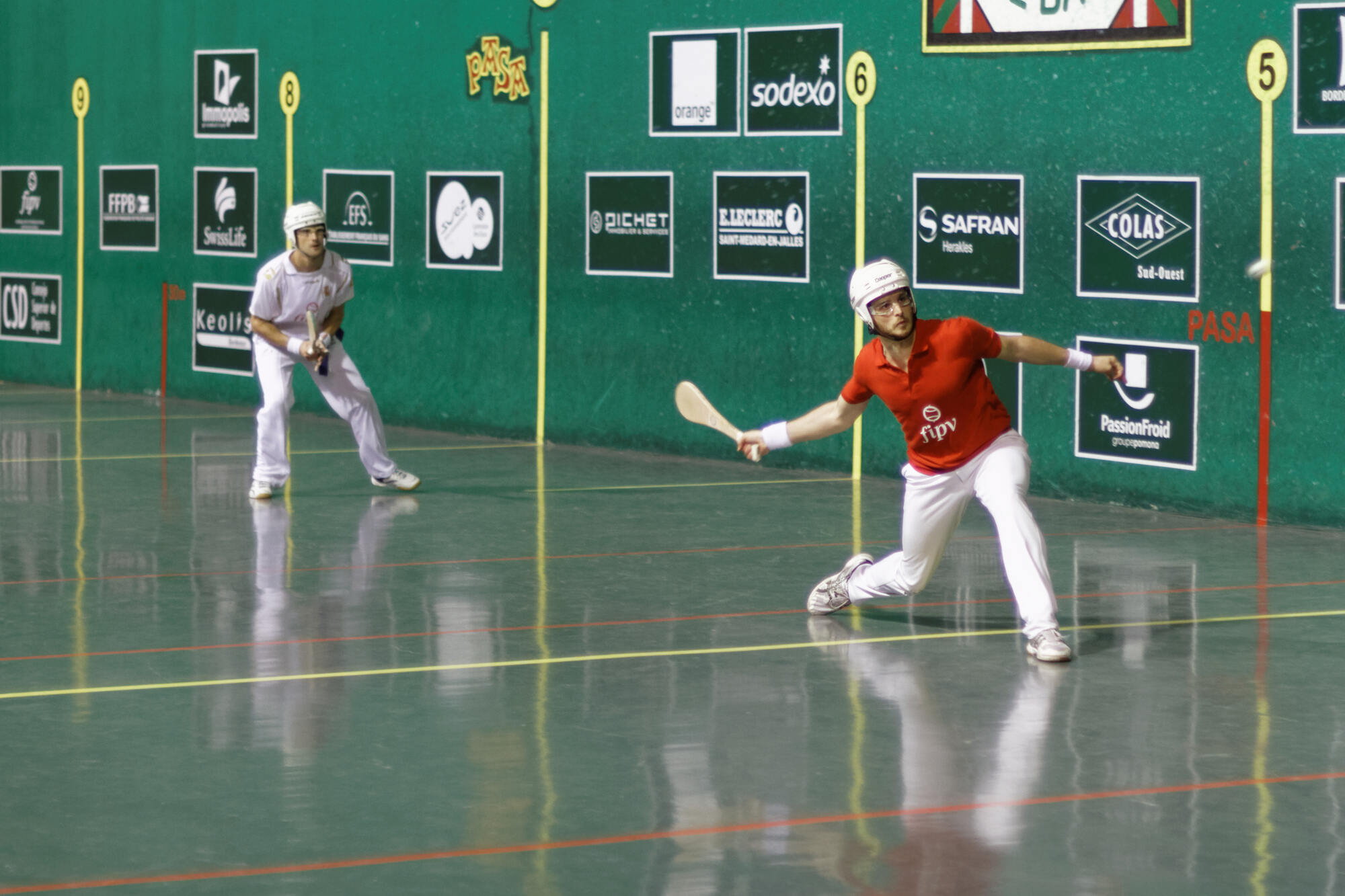
Pelota is a traditional sport with deep roots in Basque culture. Known for its fast pace and intense gameplay, it has captivated audiences for centuries. But what exactly makes this sport so unique? Pelota involves players using their hands, a racket, or a wooden bat to hit a ball against a wall, aiming to outscore their opponents. The sport has various forms, including Jai Alai, which is often considered the fastest ball game in the world. Whether you're a sports enthusiast or just curious about cultural traditions, learning about Pelota offers a fascinating glimpse into a game that combines skill, speed, and strategy. Ready to dive into the world of Pelota? Let's get started!
What is Pelota?
Pelota, a traditional sport originating from the Basque region, has captivated audiences for centuries. Known for its fast-paced action and unique playing style, it has a rich history and cultural significance.
- Pelota, also called Basque pelota, is a traditional sport from the Basque region of Spain and France.
- The word "pelota" means "ball" in Spanish.
- Pelota is played with a ball that is hit against a wall using a hand, a racket, or a wooden bat.
- The sport has several variations, including hand-pelota, pala (bat), and cesta punta (basket).
History of Pelota
The history of pelota is as fascinating as the game itself. It has evolved over centuries, adapting to different cultures and regions.
- Pelota dates back to ancient times, with roots tracing back to Greek and Roman ball games.
- The modern version of pelota began to take shape in the 13th century in the Basque region.
- By the 19th century, pelota had become a popular sport in Spain and France.
- The first official pelota court, called a fronton, was built in 1894 in the Basque town of Azpeitia.
How Pelota is Played
Understanding the rules and gameplay of pelota can enhance appreciation for this dynamic sport.
- Pelota can be played in singles or doubles matches.
- The objective is to hit the ball against the front wall in such a way that the opponent cannot return it.
- Points are scored when the opponent fails to return the ball before it bounces twice.
- Matches are typically played to a set number of points, often 22 or 35.
Equipment Used in Pelota
The equipment used in pelota is unique and varies depending on the variation of the game being played.
- In hand-pelota, players use their bare hands or padded gloves to hit the ball.
- Pala, or bat-pelota, involves using a wooden bat to strike the ball.
- Cesta punta, also known as jai alai, uses a curved basket called a cesta to catch and throw the ball.
- The pelota ball is made of layers of rubber and leather, making it very hard and fast.
Cultural Significance of Pelota
Pelota is more than just a sport; it is a cultural symbol for the Basque people.
- Pelota is considered a national sport in the Basque region.
- Many Basque festivals and celebrations feature pelota matches.
- The sport is a source of pride and identity for the Basque people.
- Pelota has been depicted in Basque art, literature, and music for centuries.
Pelota Around the World
While pelota is most popular in the Basque region, it has spread to other parts of the world.
- Pelota is played in several countries, including Spain, France, Argentina, and the United States.
- The International Federation of Basque Pelota governs the sport worldwide.
- Pelota was included in the 1900 Summer Olympics in Paris.
- The sport has a strong following in South America, particularly in Argentina and Uruguay.
Famous Pelota Players
Over the years, many talented players have left their mark on the sport of pelota.
- Atano III, a legendary Basque pelota player, is considered one of the greatest of all time.
- Juan Martínez de Irujo, another Basque player, has won numerous championships.
- Fernando Arretxe, known for his skill in hand-pelota, is a celebrated figure in the sport.
- Inaki Osa Goikoetxea, a cesta punta player, has achieved international fame.
Modern Pelota
Pelota continues to evolve, with modern adaptations and innovations keeping the sport exciting.
- Modern pelota courts, or frontons, are equipped with advanced lighting and seating for spectators.
- The sport has embraced technology, with instant replays and electronic scoring systems.
- Pelota tournaments are broadcast on television and streamed online, reaching a global audience.
- Efforts are being made to promote pelota among younger generations, ensuring the sport's future.
The Final Whistle
Pelota, a sport rich in history and culture, offers more than just a game. From its origins in the Basque Country to its variations like Jai Alai, this sport has captivated many. The fast-paced action, unique equipment, and dedicated players make it a fascinating subject. Whether you're a sports enthusiast or just curious, learning about Pelota can be quite rewarding. It’s not just about the game; it’s about understanding a piece of cultural heritage. So next time you hear about Pelota, you’ll know it’s more than just a sport—it’s a tradition. Dive into its history, watch a match, or even try playing. You might find yourself hooked on this thrilling game. Thanks for joining us on this journey through the world of Pelota.
Was this page helpful?
Our commitment to delivering trustworthy and engaging content is at the heart of what we do. Each fact on our site is contributed by real users like you, bringing a wealth of diverse insights and information. To ensure the highest standards of accuracy and reliability, our dedicated editors meticulously review each submission. This process guarantees that the facts we share are not only fascinating but also credible. Trust in our commitment to quality and authenticity as you explore and learn with us.


